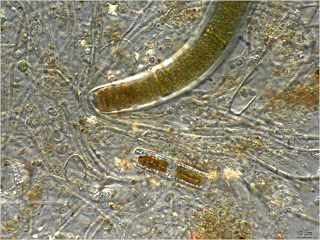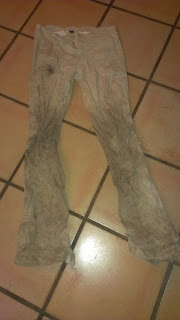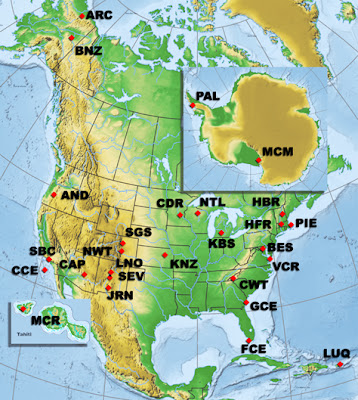Hidden Microscopic World

My research is on the diatom communities of the Everglades. These silicious, environmentally sensitive algae like to live buried within a complex biofilm called periphyton .With the naked eye, periphyton just looks like muck or scum. But there is a hidden microscopic world that is quite fascinating and even beautiful. Everglades periphyton magnified 1000x: filamentous cyanobacteria and a diatom



